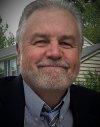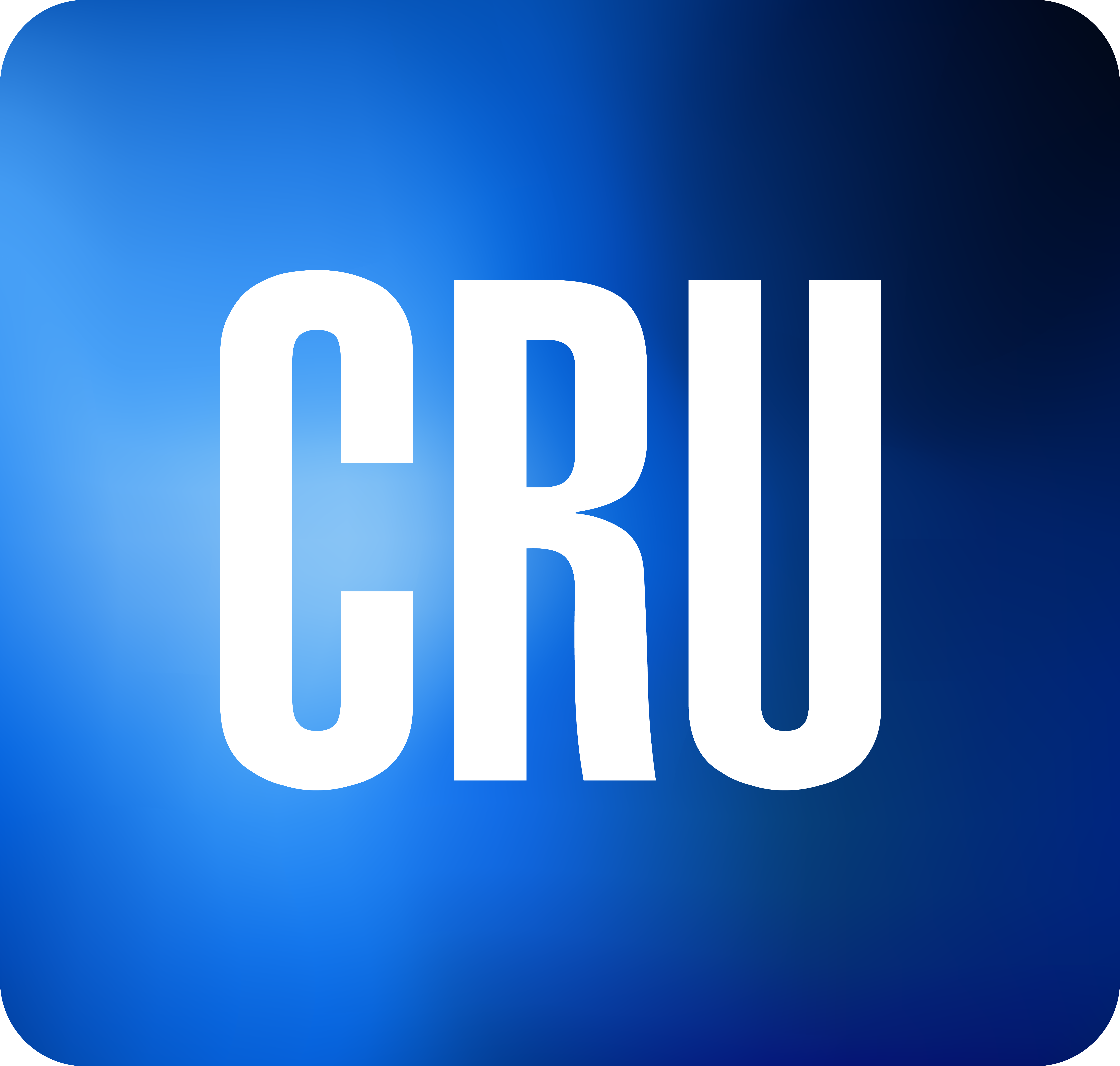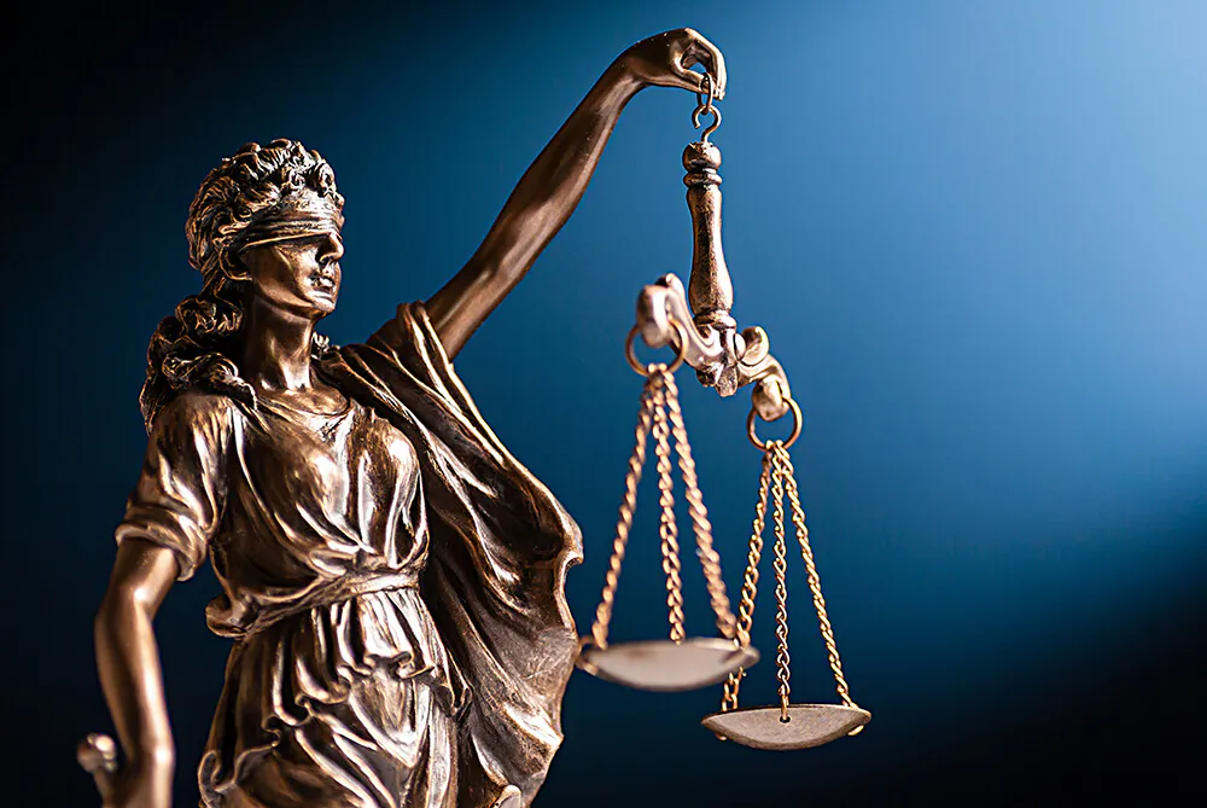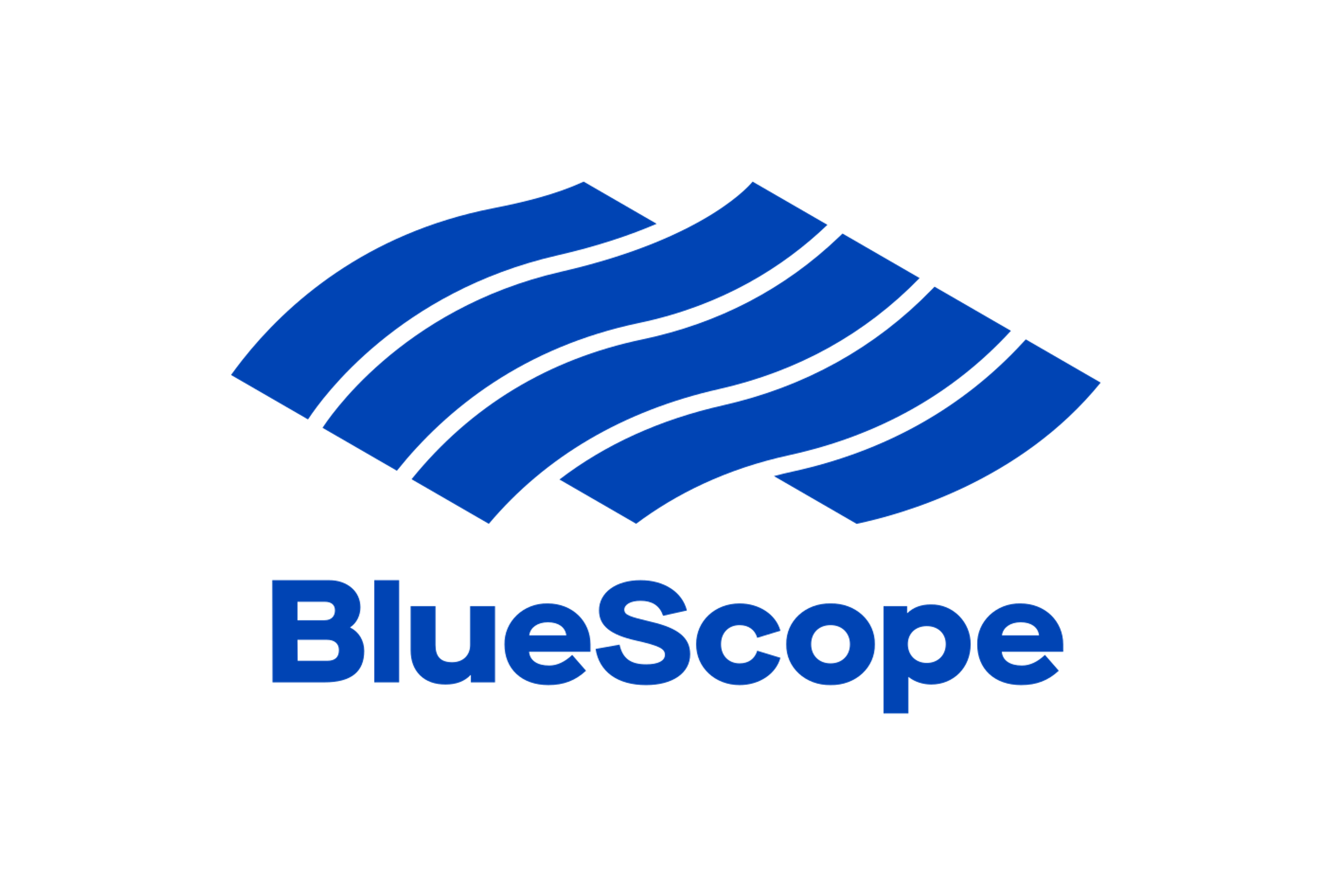Overseas

January 27, 2019
CRU: Chinese Steel Prices Rangebound Despite Monetary Easing
Written by Tim Triplett
By CRU Steel Editor Linda Lin, Shanghai, China
Through late December and the first half of January, Chinese exporters were able to realize a small increase in steel export prices for the first time since August. The m/m increase in HR coil was limited to $2 /t, while rebar prices rose by $6 /t. Price increases in spring and summer 2018 were due to strong supply/demand factors in the Chinese domestic market and reflected the relatively lower interest of Chinese steelmakers in pursuing export sales. This time, however, the Chinese domestic market is weak, both seasonally and as a result of the broader economic slowdown.
The rise in export prices was primarily due to the depreciation of the U.S. dollar against the Chinese yuan, which in mid-January had reached its highest levels in almost half a year. Some mills have become concerned that the yuan will keep climbing and make recent deals unprofitable or even loss-making by delivery, currently March or later. For example, a medium plate shipment sold at $500 /t FOB in end-December, when the yuan exchange rate was at about 6.86 against the dollar, would now be worth about RMB50 /t less given the latest CNY/USD exchange rate of about 6.76. In response, Chinese mills either raised offers for HR coil by about $5 /t or simply stopped offering on the export market in the second week of January. This once more meant Chinese steel was not the lowest-priced option within Asia.
Chinese mills have been able to pursue this strategy because of pockets of robust demand within Asia. China remained the largest finished steel supplier to South Korea, especially since production limitations in Japan have limited its exports. For example, we have heard of one east China mill selling at least 60 kt of Korean grade rebar in the first two weeks of January. Japan itself was the other big consumer of Chinese steel, where exceptionally strong demand from end-users and high domestic prices helped Chinese mills keep prices high.
Meanwhile in Vietnam there has also been a supportive price move, as Formosa Ha Tinh Steel raised its ex-works price for January HR coil production by $15 to $495 /t. This came after receiving a large number of orders resulting from a $50 /t cut in its December HR coil list prices. The Vietnamese mill also plans to reduce output for HR coil during the lunar New Year holidays.
Nevertheless, there continues to be cheaper competition within Asia. Turkey is looking to leverage lower scrap costs with reduced steel prices, though it is being out-competed on price by other exporters such as India and Qatar.
Outlook: Any Support for Further Chinese Increases?
The lunar New Year holiday from Feb. 4-8 will slow down or freeze trading in both Chinese domestic and export markets. Some flat product exporters are understood to be keen to close as many deals as possible before the holidays. With such a mindset, they may prove willing to sacrifice unit price for short-term volume.
Meanwhile, Chinese local pre-holiday stock building has begun, adding to apparent consumption. Some of CRU’s market contacts suggest some pessimism about the strength of steel consumption after the holiday, and certainly there are numerous well-documented concerns about the broader economic slowdown in China. If these concerns prove true, it would suggest that this year’s stock building may be less than prior years. And if that happens, there would be greater pressure on Chinese mills to export steel.
However, there is a possible demand offset as China has taken several measures to stimulate the domestic economy. Some are steel-intensive, notably spending on infrastructure. And if demand were to prove stronger than expected at a time when the market has failed to stock up adequately, there is potential for prices to rise further later in Q1.







